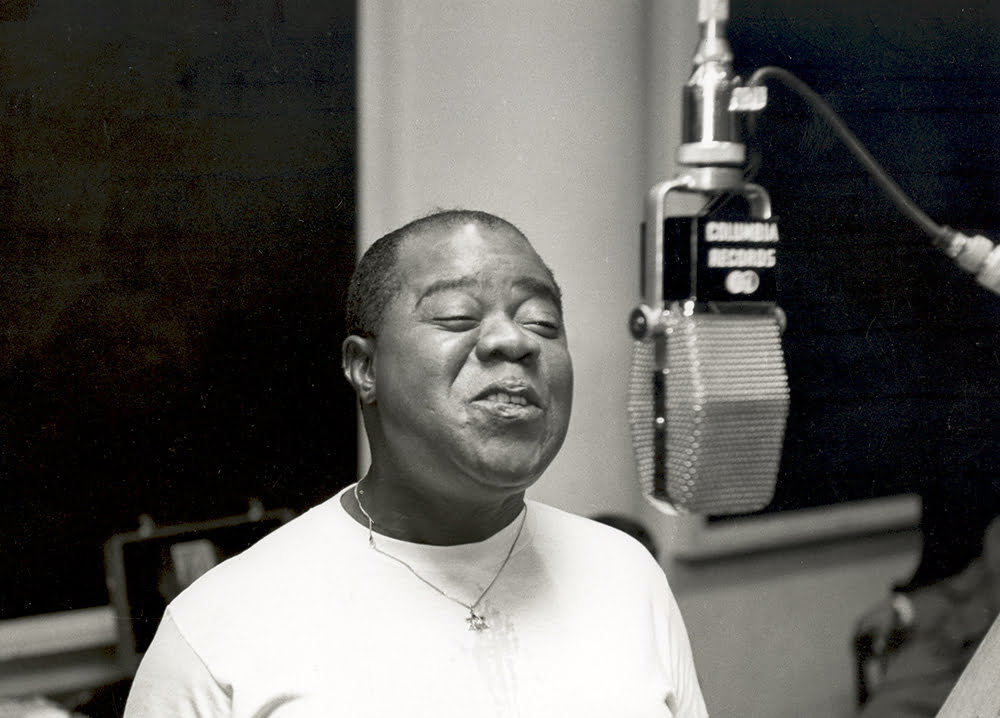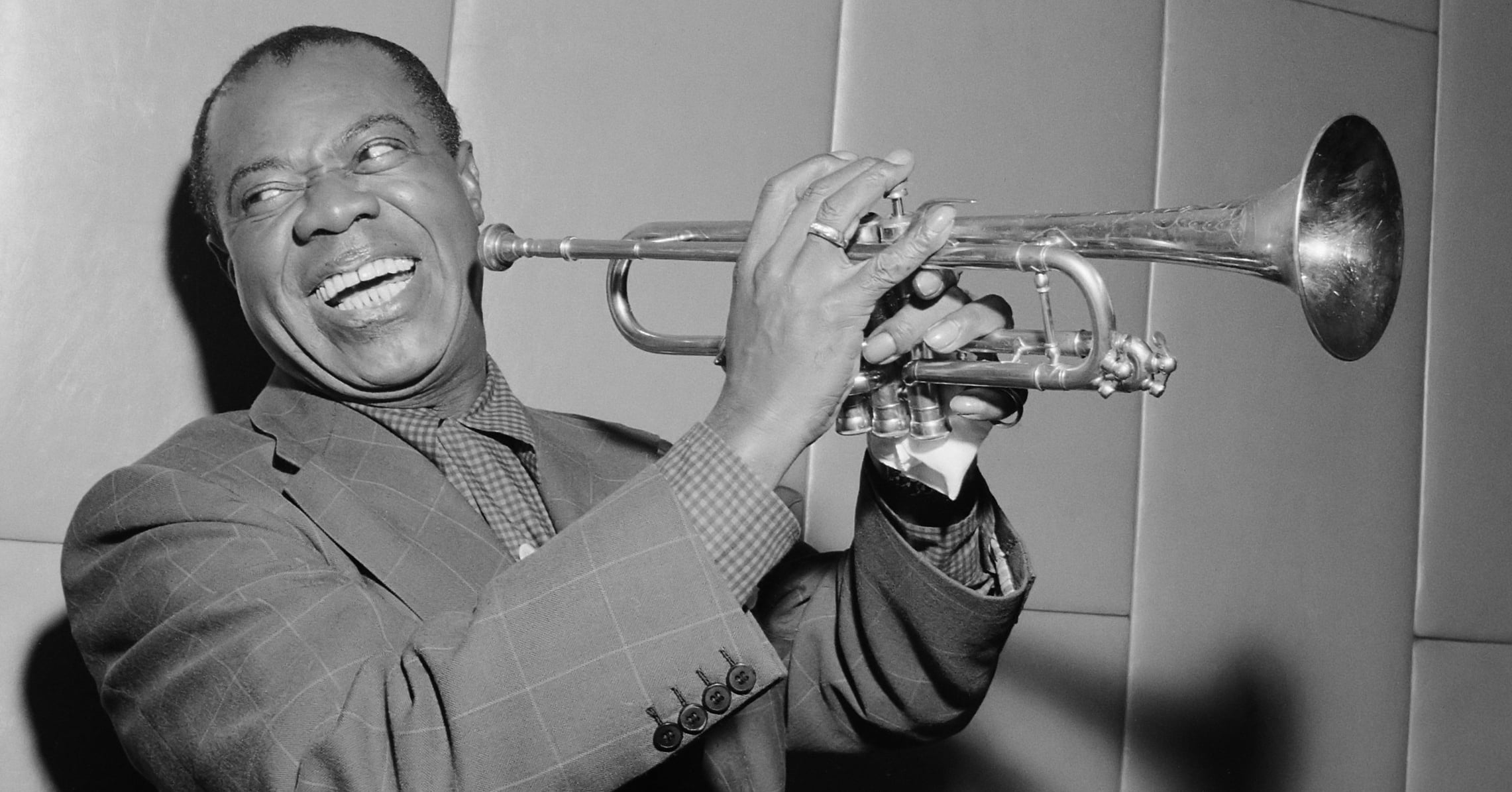Several sources claim that one of the famous jazzman’s main hits is dedicated to his adoptive father, a native of Lithuanian Jews. We checked whether this is actually true.
In several sources telling about the life of American jazzman Louis Armstrong, there is something like this: “Armstrong adored his Jewish parents, wrote a book about them, published in New Orleans, always wore the Star of David, spoke fluent Yiddish and dedicated his song about the Jews who came out of Egypt, Let My People Go, to his adoptive father. He wrote it for his father’s anniversary in 1939 and first performed it in the New Orleans synagogue on Hanukkah.” There are similar statements in article Russian-language Wikipedia, resource materials Stuki-druki and thematic site Jewish.Ru, publications in "LiveJournal" and book "50 people who changed the world".
Born in 1901, Louis Armstrong had a difficult childhood. The future musician was raised by his mother in a disadvantaged area of New Orleans, and the boy began to earn money himself at an early age. At the age of six he became help housekeeping for the Karnovsky family - Jews who moved to America from the Russian Empire. The head of the family even lent little Louis money to buy a cornet, his first musical instrument. At the same time, how emphasize at the singer's museum in New York, the Karnovsky family did not adopt the boy, although they were very close to him. At the age of 11, Louis placed to a shelter for homeless boys, which he left two years later.
Let's start the analysis with a statement about the book that Armstrong dedicated to his “Jewish parents” and published in New Orleans. Apparently, we are talking about Louis Armstrong + the Jewish Family in New Orleans, La., the Year of 1907, in which the jazzman recalls his childhood and communication with the Karnovsky family. Armstrong wrote this small book two years before his death, when he was in a hospital in New York. This text was discovered only ten years later, so talking about a special publication in New Orleans is baseless. At the same time, Armstrong actually speaks very warmly and with great gratitude about the Karnovsky family in this book.
As for the Star of David, then, indeed, preserved several photographs where the musician is shown shirtless and wearing a pendant with a six-pointed star on his neck. Authors of various popular science publications estimate Armstrong’s level of proficiency in the Yiddish language from “fluent” to “fluent,” but we were unable to find confirmation in authoritative sources. It is likely that some words and expressions were known to him, but there is no reliable evidence of this, such as corresponding memories in books or audio recordings.

Photo: Louis Armstrong House Museum
Finally, Louis Armstrong did not dedicate the song Go Down Moses (also known as Let My People Go) to his “father”. Moreover, he didn’t even write it. This composition appeared no later than the mid-19th century and was a song of black slaves who were inspired by a biblical story. Louis Armstrong's version was recorded only in 1958 in New York. There is no evidence that he ever performed Go Down Moses in a synagogue in New Orleans. On the website of the city Jewish community there is also information about this not mentioned.
Not true
- https://www.louisarmstronghouse.org/biography/
- https://archive.org/details/louisarmstrongli0000noll
- https://archive.org/details/satchmomylifeinn001956mbp
- https://archive.org/details/louisarmstrongin00arms
If you find a spelling or grammatical error, please let us know by highlighting the error text and clicking Ctrl+Enter.







